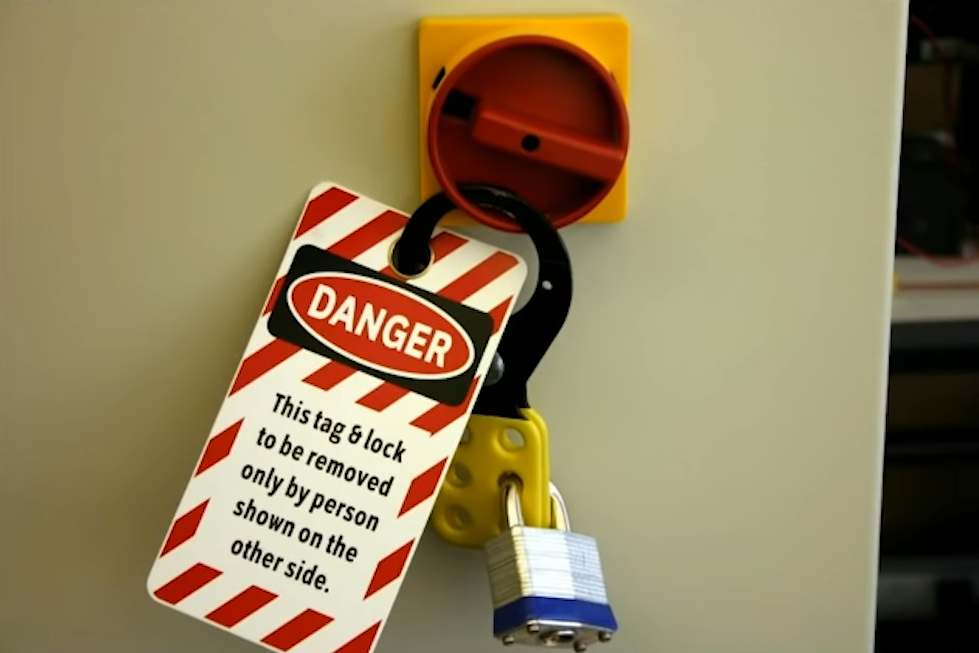Get Tech Tips
Subscribe to free tech tips.
The Best (and Worst) Ways To Duct a Dehumidifier
There are a couple of really important things to understand when ducting a dehumidifier. Getting one or both of these things wrong can throw off your entire dehumidifier install. Instead of just telling you the different ways you can install a dehumidifier, let’s talk through some dehumidifier basics, which will help us understand why it’s so easy to make mistakes with them. The legend Allison Bailes wrote an article here that covers much of the same material if you’re interested in another perspective.
Dehumidifiers ADD Sensible Heat
Although dehumidifiers remove moisture, they do that at a cost, and that cost is hot air somewhere else. I think about dehumidifiers as essentially window units. If you took a window unit and stuck it in the middle of your room on the floor, one side would blow cold air, and one side would blow hot air. Normally, we blow the hot air outside, but with a dehumidifier, we cool the air off and then use the “hot air” to reheat the cold air once we’ve knocked the moisture out of it. Here’s an example of a dehumidifier refrigerant cycle. Because no system is 100% efficient, “waste” heat is generated from the fan motors and compressor—this has the net effect of adding sensible heat to the dehumidifier supply air.

This information can be used to either great advantage or disadvantage. Do you want to add warmer, dryer air to the return or supply side of an HVAC system while it is running? What happens if you do?

What happens is you derate your HVAC equipment’s ability to dehumidify. Let’s take a look at why. Imagine, like in the picture above, your dehumidifier is running. Here’s an example from an actual dehumidifier. It dehumidifies the air coming in, which was 76°F at 65% RH, and after working its magic, the discharge air is 98°F and 30% RH.

Now, your dehumidifier discharge air mixes back in with the rest of your return air. The cumulative effect is a decrease in the total moisture content of the air and an increase in sensible temperature. Then, your HVAC coil steps in and tries to do its job, but you just made that harder.
In order to remove moisture from the air, the evaporator coil needs to be below the dew point. But you’ve already removed moisture from the air, lowering the dew point and making it harder for your HVAC system to run a cold enough coil to hit the dew point and get that additional dehumidification you want.
Let the dehumidifier and HVAC systems dehumidify independently. Running the pre-treated dehumidified air through the evaporator coil ends up being a net loss.
Dehumidifiers Have Wimpy Fans
Ok, maybe “wimpy” isn’t the right word, but their fans are much less powerful than the one it is connected to and interacts with—the HVAC fan. Let’s take a look at the blower performance data for this Santa Fe dehumidifier:

Now, imagine you duct the supply of the dehumidifier into the supply of the HVAC system, like the example below. If the supply-side static pressure of the system is high, your dehumidifier will have trouble overcoming that pressure while the HVAC system is running.
The dehumidifier fan has to overcome the TOTAL external static pressure, so the worst setup from a fan performance perspective is ducting dehumidifier return to HVAC return and dehumidifier supply to HVAC supply because then your dehumidifier has to overcome the negative pressure of the return AND the positive pressure of the supply side.

You can mitigate this risk by putting the dehumidifier supply as close to the equipment as possible to take advantage of the Coanda effect, as described here, but it is something to be very cautious about. Another recommended option is a collar with a scoop, like this one.

Turning Weakness Into Strength
Is there a way to turn the weaknesses of a dehumidifier into a strength? To turn that frown upside down? Enter the “injection” method, where low static pressure and low entering air temperatures create the (potential?) perfect scenario.
In this scenario, both the dehumidifier return and supply are ducted into the supply side of the HVAC supply ductwork. The benefits are you now have return air coming into the dehumidifier at almost 100% relative humidity, meaning the dehumidifier doesn’t have to do much work to cool the air a little more, hit 100% RH, and start pulling moisture out of the air.

In addition to this “boost” mode dehumidification, we also get the added benefit of no static pressure. Yes, the supply plenum can have high static pressure, but if the supply and the return for the dehumidifier are tied in or “experiencing” the same pressure, the net effect is 0. Static pressure is pressure in reference to another pressure. If you put both static pressure probes in the supply ductwork, you will read 0. Many times, we read supply static pressure in reference to ambient pressure, which is why we see a difference. What pressure we are referencing matters a lot.
No Free Lunch
Although the injection method seems almost too good to be true, it does have a downside. Because you are introducing 50–55°F air into the return side of the dehumidifier, the cabinet could sweat a lot more.
If you’re going to introduce fresh air, this method is tricky as well. Your dehumidifier fan may not be able to overcome the supply side pressure enough to draw air through the fresh air vent. Consider a separate method of bringing in ventilation air, such as a powered fan.
—Matt Bruner











Comments
To leave a comment, you need to log in.
Log In